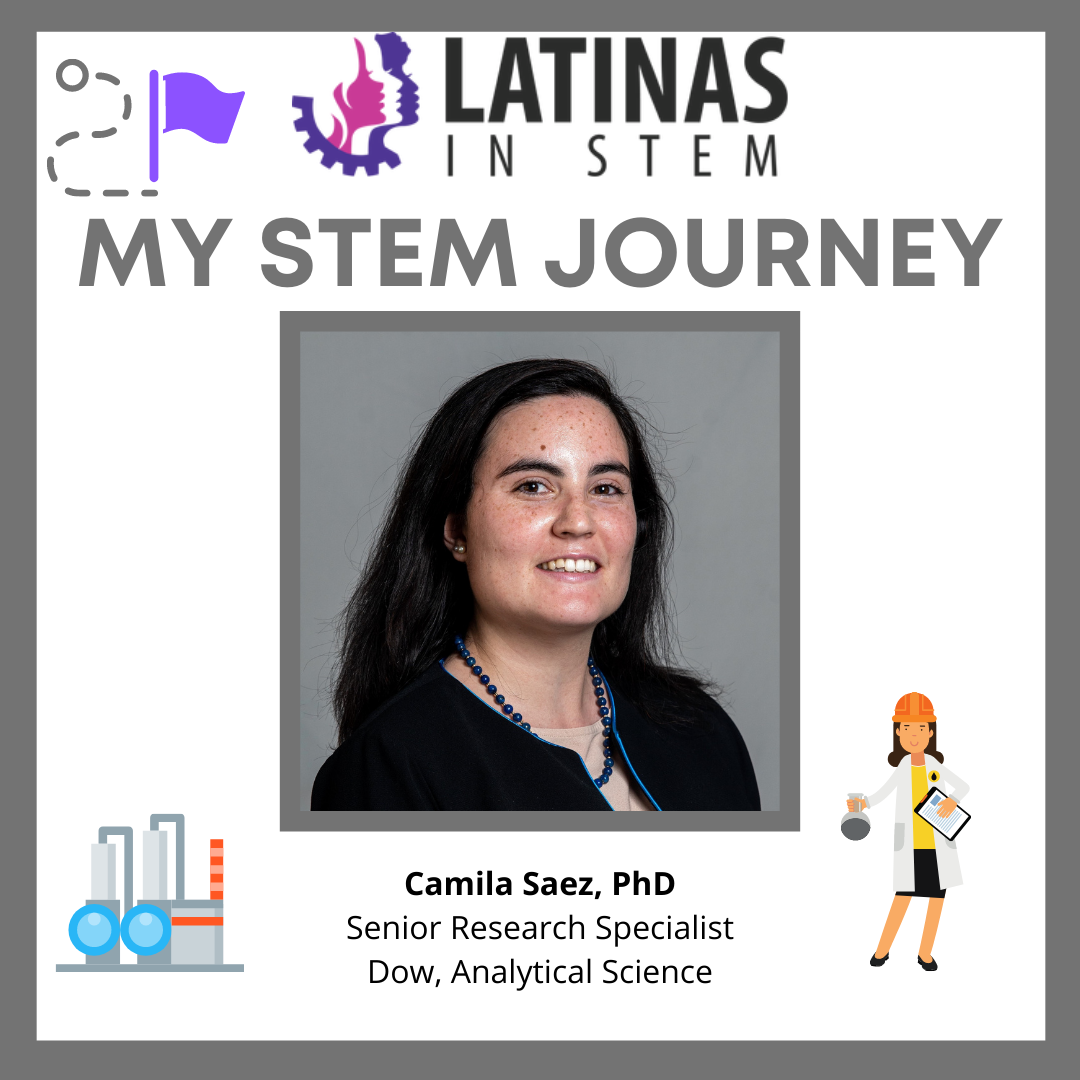Despite having the privilege of attending one of the best K-12 schools in Chile (my home country), choosing STEM was a constant internal battle. Among the few women in my graduating class who were interested in STEM, I was the only one who was considering engineering – the others wanted to study medicine. All my female friends were choosing the liberal arts or social studies and economics tracks that my school offered. Although my high school teachers encouraged me to choose the STEM track and assured me I would thrive, I was afraid of how lonely my future path seemed and further alienating myself in a classroom full of guys who already teased me because of my academic achievements. In the end, I chose STEM because I believed that I would never be sure if it was the right fit unless I gave it my best effort and that nurturing my passion and curiosity would eventually outweigh the challenges I would have to face along the way. In addition, I did eventually find male classmates who were fantastic lab and project partners and great allies.
Soon after I decided to apply to engineering schools in Chile, an unforeseen and exciting opportunity presented itself: moving with my family to Washington D.C. It was a risky and challenging transition for me because I was about to start my senior year of high school and I didn’t have much time to get familiar with and prepare for U.S. college applications. My parents did their best to support me, but they didn’t know what I was going through, so I had to heavily rely on teachers, guidance counselors, and friends for advice and feedback on college applications. Nonetheless, my parents constantly reminded me that re-applying the following year, going back to Chile, taking a gap year, or seeking other options were opportunities for growth and finding creative solutions rather than failures. I’m very grateful that they instilled in me this growth mindset early on and empowered me to try new things even if it involved facing significant uncertainty. Things did work out as I had hoped, and I enrolled at the University of Maryland as a chemical engineering major.
When I started college, I was very nervous because I was not fully comfortable and confident studying in English, and I didn’t know how adjusting to the U.S. education system would impact my ability to succeed in chemical engineering. I still remember struggling in the intro to engineering design class I had my first semester not because I didn’t understand the material, but because of a communication barrier. I had to give technical presentations in English for the first time and my vocabulary was lacking, which was mortifying. Professors singled me out in class and criticized me assuming that I didn’t bother to learn the name of a power tool in the machine shop because I was a woman. Little did they know that I did know the technical vocabulary, but in a different language. I had to work extra hard to “catch up” and be very patient with myself and others. Luckily, I had access to a great support network and additional resources through the women in engineering program. By the end of my freshman year, I didn’t feel like my foreign nationality and background solely defined me and I started enjoying and excelling in my classes. Then, by the end of my junior year, I was balancing my coursework and an undergraduate research project, getting ready to apply to Ph.D. programs, and having the confidence to apply for a teaching assistant role for a chemical engineering course. I certainly didn’t get there on my own. Finding peers, graduate student mentors, and professors to lean on was so instrumental to my success.
Despite facing some doubts and difficulties during my chemical engineering journey, I’d do it all over again because I’ve met amazingly talented and kind people along the way and I’ve experienced hands-on how this discipline can have a positive impact and make a difference in society. What I loved the most about studying chemical engineering was learning how to transform simple chemicals and materials into more complex and functional products that we interact with daily and how to describe these processes mathematically in order to understand, troubleshoot, and improve them. For my Ph.D. studies at the University of Texas at Austin, I chose to focus on nanotechnology research because I was fascinated by the interplay and collaboration between chemical engineering, chemistry, material science, and polymer physics in these systems. I learned how to investigate, problem-solve, and piece together reactions, mechanisms, and properties using all kinds of instruments and data for different applications, which then led to my current role in Analytical Science at Dow. I’ve only recently started this new chapter in my STEM journey at Dow and I’ve already been exposed to very interesting projects and exciting technologies. I’m thrilled to continue this journey, bring innovate solutions to chemical and material challenges, and mentor and work alongside the next generation of chemical engineers!


 RSS Feed
RSS Feed

